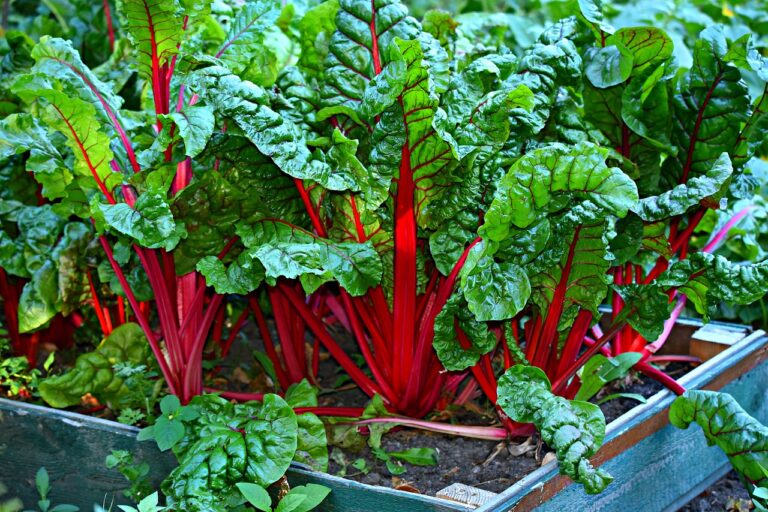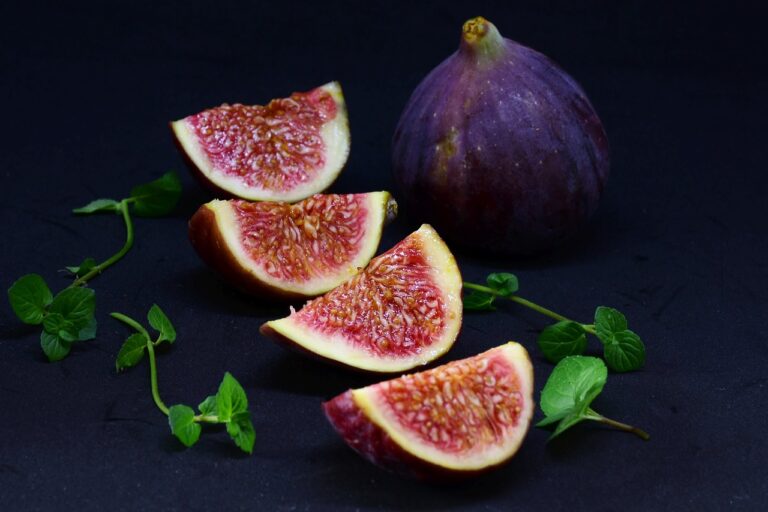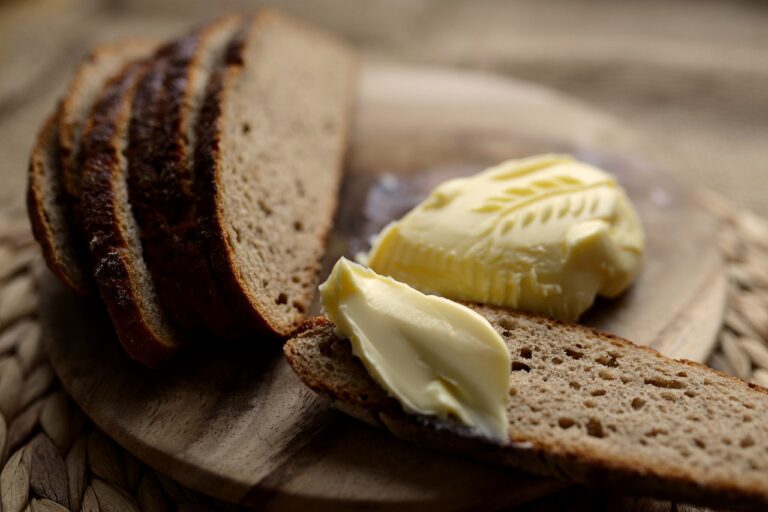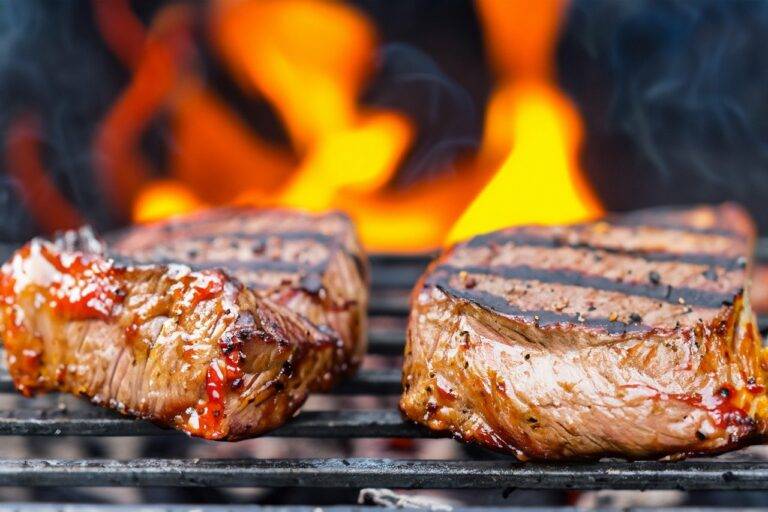The Influence of Food Influencers on Food Trends
In the realm of shaping food trends, chefs stand out as prominent figures whose creations and innovative approaches to cooking have a significant impact on what people are eager to try. Their talent in crafting unique dishes and pushing the boundaries of culinary experimentation often sets the stage for the next big food craze. Chefs act as pioneers in introducing new flavors, techniques, and presentations that capture the attention of food enthusiasts and inspire them to seek out similar experiences.
Additionally, food critics play a crucial role in influencing food trends as their reviews and opinions can make or break a restaurant or dining establishment. With a keen understanding of the food industry and a discerning palate, critics help to guide the public towards emerging food trends and hotspots. Their evaluations carry weight in shaping consumer perceptions and preferences, driving demand for certain types of cuisine and dining experiences.
• Chefs are prominent figures in shaping food trends through their innovative creations and approaches to cooking.
• They pioneer new flavors, techniques, and presentations that capture the attention of food enthusiasts.
• Food critics play a crucial role in influencing food trends with their reviews and opinions on restaurants and dining establishments.
• Critics guide the public towards emerging food trends and hotspots with their understanding of the industry and discerning palate.
• Their evaluations shape consumer perceptions and preferences, driving demand for specific types of cuisine and dining experiences.
Impact of Social Media on Food Trends
In today’s digital age, social media plays a crucial role in shaping food trends. Platforms like Instagram, TikTok, and Pinterest have become virtual playgrounds for food enthusiasts to discover new culinary delights and share their dining experiences. Food bloggers and influencers leverage these platforms to showcase visually appealing and mouth-watering dishes, sparking a wave of excitement and curiosity among their followers.
The real-time nature of social media allows trends to emerge quickly and spread like wildfire. A viral food video or a captivating food trend can easily go from being a niche interest to a mainstream sensation within days. With the power of social media influencers, a single post featuring a trendy food item can catapult its popularity, leading to a surge in demand and influencing consumer preferences. As the digital landscape continues to evolve, the impact of social media on food trends is only expected to grow stronger.
How Food Influencers Create Buzz
The rise of food influencers in recent years has significantly impacted how food trends are shaped. With their large followings and engaging content, food influencers have the power to create buzz and influence consumer behaviors. By showcasing visually appealing dishes, sharing recipes, and promoting certain food products, these influencers have the ability to sway the preferences of their audience.
Food influencers often collaborate with restaurants, brands, and other influencers to amplify their reach and influence. These partnerships help generate excitement and interest around specific food items or dining experiences, ultimately contributing to the buzz surrounding these trends. Additionally, by sharing personal anecdotes, tips, and recommendations, food influencers establish a sense of trust and connection with their followers, further reinforcing their influence in the food industry.
Who are some key players in shaping food trends?
Key players in shaping food trends include food bloggers, celebrity chefs, food photographers, and social media influencers.
How does social media impact food trends?
Social media platforms like Instagram, Facebook, and TikTok play a significant role in spreading food trends quickly and reaching a wide audience.
How do food influencers create buzz around specific dishes or food products?
Food influencers use their platforms to showcase visually appealing content, share personal experiences with certain foods, and engage with their audience to create excitement and curiosity around specific dishes or food products.







